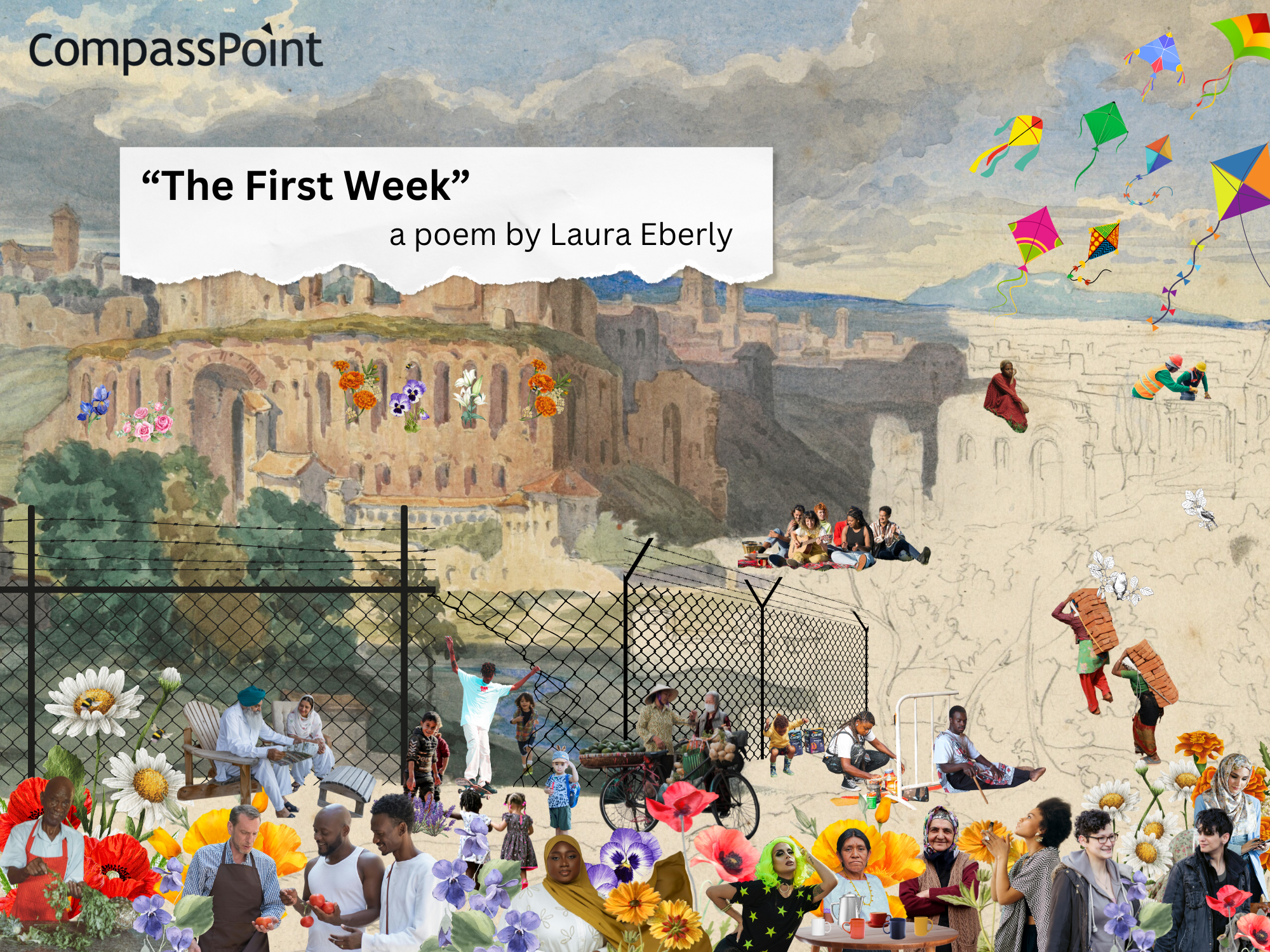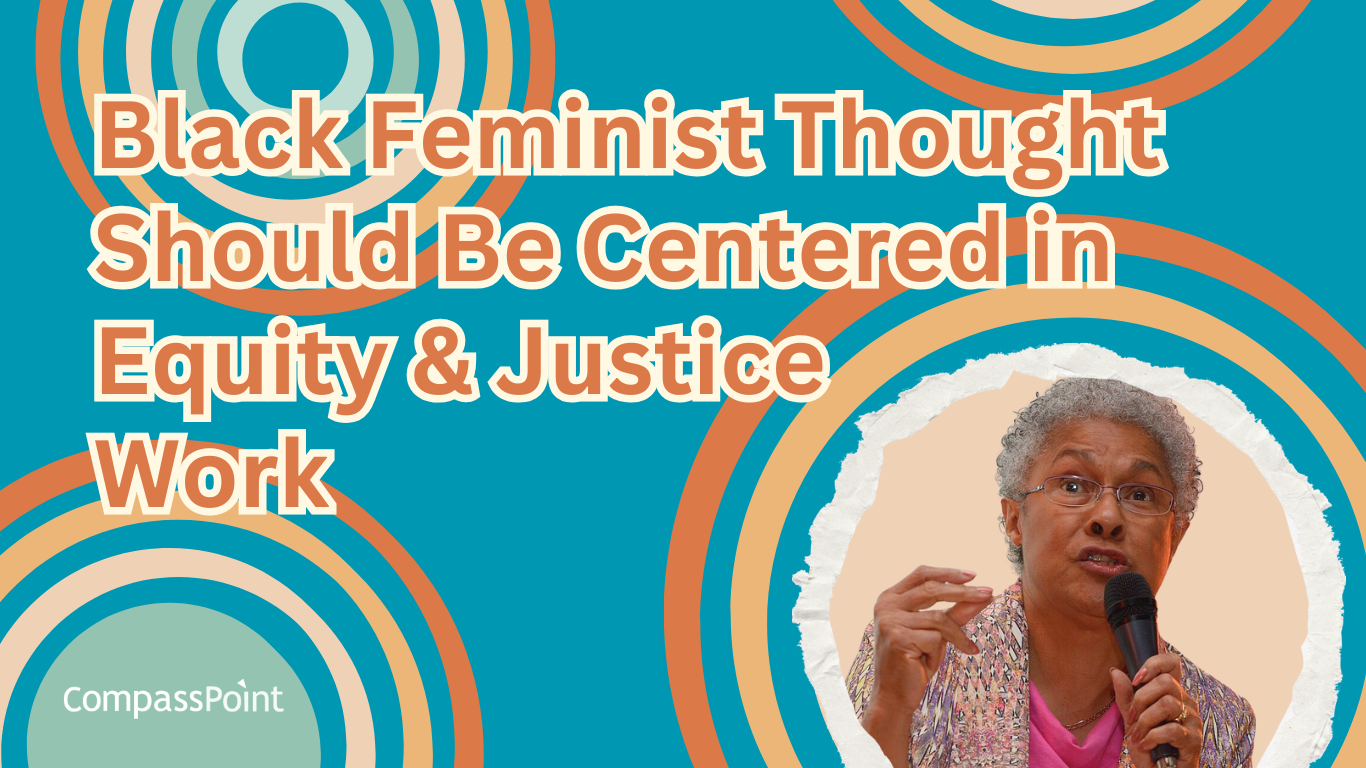What role should equity and allyship play in organizational change efforts? Project Director Lupe Poblano says they are the respective goal and means through which to achieve true change. Do you agree? Read Lupe's blog and share your thoughts in the comments section below.

In 2012, because of interpretations and misinterpretations about the Mayan calendar, there was a lot of discussion about the world coming to an end. There was even a really terrible movie about it starring John Cusack (Danny Glover was in it too, and he deserves better!). I remember walking around during that time and thinking: I am not afraid of the world coming to an end; I am terrified of it staying the same.
As I write this blog post, two black men, Alton Sterling and Philando Castile, have recently been executed by militarized American state security forces (a.k.a. the police) within 48 hours of one another.
This is the world we live in. On the real, this is the world many black and brown communities have been living in for hundreds of years in this country. Again, I am not afraid of the world coming to an end; I am terrified of it staying the same.
So this is the context for our community-based organizations. For a variety of reasons, it seems like so many organizations are going through significant internal change initiatives—leadership turnover, business model revamps, or questions about how we organize the work to achieve our impact. What does it mean for organizations to change and reshape themselves during #BlackLivesMatter, or when the systems of patriarchy and homophobia create the conditions for the Orlando Pulse shooting, or when a white supremacist has secured the nomination for the Republican Party?
I am not afraid of organizational change; I am terrified when it doesn't actually change anything.
Change is more than adopting an "equity lens"
I often hear, and myself have been guilty, of saying something to the effect that organizations should take an equity lens to their change processes. This presumes that equity, as a lens, can be taken on or off; that equity is a means to an end—something you should strongly consider as a filter on your way to real organizational change.
And there's the thing: equity is not a means to an end. It's not something to consider on the way to changing internal structures or how the work is categorized and divided. This is not a business model problem. Equity is the thing. It is the only thing. It is the change. The goal of all organizational change efforts should be to name and address oppression that is happening internally and unleash equity and liberation across the entire organization. During the time of BLM, Pulse, and Trump, this is what needs to happen.
Our internal change efforts have to focus on ending oppression internally so that we can dismantle the oppression that is happening externally. Organizational change often focuses on surfacing adaptive challenges, and yet adaptive challenges that don't explicitly name oppression and race, gender, power, and privilege will only be successful in rearranging deck chairs on the Titanic. Neutral is never neutral, and our internal efforts cannot be neutral to the oppression that we are perpetuating within our very own walls and communities. The only thing neutrality succeeds at is preserving the status quo.
Again, I am not afraid of organizational change; I am terrified when it doesn't actually change anything.
How to be an ally in organizational change initiatives
As I think of the work of transforming our organizations to make them more just and equitable places so that we can reimagine our world together, I turn to a tweet I read a few weeks ago from Kayla Reed (@RE_invent_ED). The context was defining allyship, and I think it is appropriate for leaders because being in positional power means being an ally to those who do not have the same privileges in the organization. The acronym she uses is ALLY and here is how she defines it. I've added my own thoughts below each letter to offer ideas on how I see it being utilized in organizational change initiatives:
A — "always center the impacted"
What communities have a historical legacy of systemic and cultural oppression? Are those communities front and center in your analysis of what is changing in your organization? During board and senior management team meetings, which voices have not been invited (or have been explicitly excluded)?
L — "listen & learn from those who live in the oppression"
What voices within the organization have been silenced over the years? How are you listening to and learning from those voices? They are probably seeing a different movie about what is happening inside the organization than you are, so how can you watch the movie from their perspective?
L — "leverage your privilege"
If you are at work and are reading this blog post right now, you have privilege. You have positional privilege and/or social privilege. How do you want to use that? During change processes, you have access to information, relationships, and resources that other people do not. You can use those privileges to keep the status quo of power dynamics intact, or you can use your privileges to open up those gates and let others inside.
Y — "yield the floor"
This isn't about "making space" for marginalized voices and communities within your organization, and it goes beyond simply letting their voices be heard while positional leaders still make decisions during closed sessions. This is about positional leaders stepping back and letting those who will be most impacted by decisions in your organizations be a part of making those decisions. Using your privilege (see the "L" above), how can you share relevant information and invest in building the skills of those around you so that we can all participate in this decision-making process from a place of abundance, power, and strength?
Organizations that attempt a large-scale internal change initiative and don't explicitly address internal equity issues like the ones outlined above are doing nothing more than rearranging their office furniture.
How is your organization moving toward equity? What do you need to get there?
Lupe Poblano, MS, is a project director at CompassPoint. Most recently, Lupe served as the Director of Evaluation, Learning, and Strategy at Habitat for Humanity Greater San Francisco. You can reach him by email. Follow him on twitter at @LupePoblano.
Read Lupe's most recent blogs:





Submit a comment
(2) Comments
Laura Sunday replied on Permalink
kismet! The timeliness of this article as our thought innovation lab's next idea lab looks at equity. I'm sharing this article with our Board of Directors this week.
Lobbyland replied on Permalink
Thank you for posting this and it was helpful for me. I think the way that Kayla breaks down "ally" makes it easy to share. I would be interested in seeing more of these types of posts.